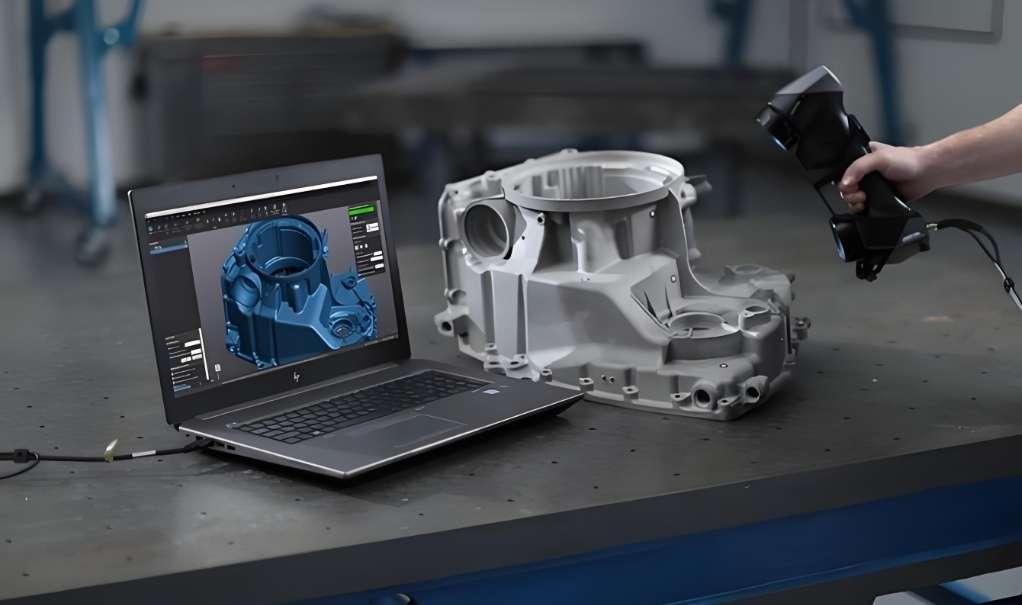
Think of reverse engineering as technological archaeology. At its core? Dissect an object, decode its secrets, rebuild it better. This forensic process breathes life into abandoned designs by analyzing components and their interplay. While manufacturing methods often remain elusive, design features surrender under scrutiny.
Why Workshops Worship It
Imagine needing to replicate a vintage aircraft bracket with no blueprints. The OEM vanished decades ago. Pre-digital age, this meant months of manual measurements. Today? We deploy:
1.FEA Sorcery: Simulating stress points like digital fortune-telling
2.Laser Whisperers: CMMs with optical precision capturing micron-level details
3.CT Scanners: X-ray vision for hidden internal geometries
These tools birth perfect CAD clones within hours – ready for CNC machining.
The Silent Profit Engine
"Copying sounds expensive?" Flip that script. Reverse engineering actually avoids: ✧ R&D rabbit holes by repurposing proven designs ✧ Tribal knowledge loss when experts retire ✧ Reinvention costs for legacy part replacements
It’s intellectual preservation: capturing genius before it evaporates. Future engineers inherit battle-tested specs for instant manufacturing or redesigns. No more deciphering grandfather’s smudged napkin sketches.